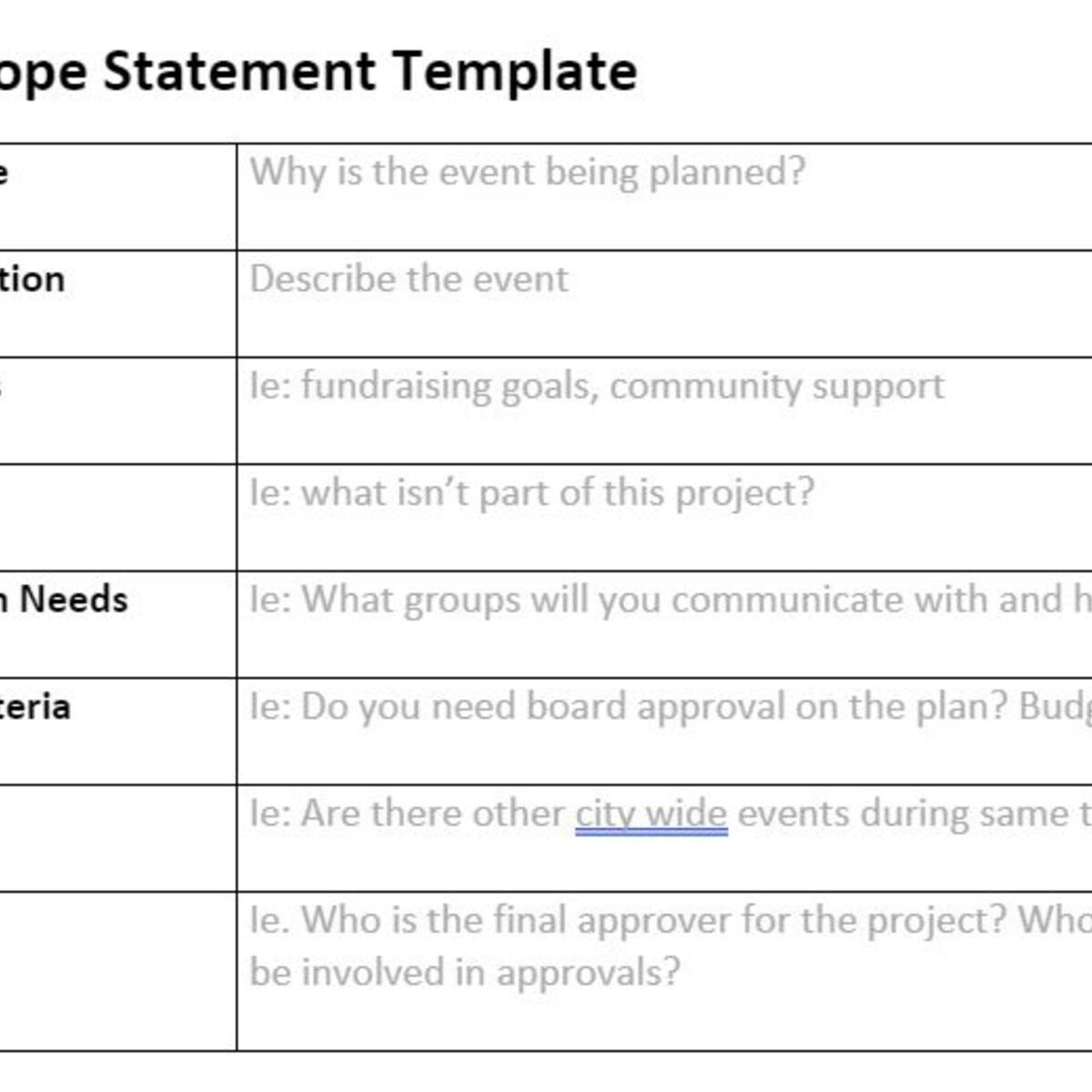Back to Courses









Business Courses - Page 38
Showing results 371-380 of 2058

Introduction to Blockchain for Financial Services
In this first course of the specialization, we will discuss the limitations of the Internet for business and economic activity, and explain how blockchain technology represents the way forward. After completing this course, you will be able to explain what blockchain is, how it works, and why it is revolutionary. You will learn key concepts such as mining, hashing, proof-of-work, public key cryptography, and the double-spend problem. You’ll be able to describe seven design principles for blockchain technology, and the challenges facing the people developing it. You’ll also meet the players in the blockchain ecosystem, and consider your own role in stewarding the blockchain revolution.

Create corporate Newsletters with Canva
At the end of this project, you will have all the basic skills to create a professional Newsletter using Canva, an online tool for creating and editing Marketing visuals. You will be able to share your latest news and inform your favorite target audience.
This project is intended for beginners, small business owners and startups who have no knowledge of graphic design and who would like to share specific information with their audience through Newsletters.

Get more followers by finding trending keywords and hashtags
In this 1-hour long guided tutorial, you will learn how to get more followers by finding trending keywords and hashtags.
Note: This tutorial works best for learners who are based in the North America region. We're currently working on providing the same experience in other regions.

Empathy, Data, and Risk
Risk Management and Innovation develops your ability to conduct empathy-driven and data-driven analysis in the domain of risk management. This course introduces empathy as a professional competency. It explains the psychological processes that inhibit empathy-building and the processes that determine how organizational stakeholders respond to risk. The course guides you through techniques to gather risk information by understanding a stakeholder’s thoughts, feelings, and goals. These techniques include interviewing, brainstorming, and empathy mapping. The course concludes by using this risk information to enrich data analysis. You will learn basic data visualization concepts in Tableau and use these concepts to explore and explain data. Throughout these analyses, the course challenges you to identify risks by focusing on unmet stakeholder needs.

Create Semi-Flat Illustration using Adobe Illustrator
By the end of this project, you will be able to create a Semi-Flat Illustration using Adobe Illustrator. You will learn the difference between semi flat and flat illustration and how to turn the flat illustration into a semi flat one. And finally, you will be able to use this illustration to create a mixed media post.
This guided project is for intermediate learners/designers who are interested in designing mixed media posts and learning more about the different styles of illustration and how to design them. Illustrations are used now in many different ways to communicate complex information into a simple one. These illustration could be used in social media posts to brand an idea or a message in order to meet the interest of different consumers.
In this Project, we’ll be using Adobe Illustrator which is one of the Adobe Creative Cloud.

Create a Simple Gantt Chart using Microsoft Excel
By the end of this project, you will be able to create a simple Gantt chart to manage your next project. You will utilize the free online version of Microsoft Excel to create a Gantt chart from scratch. This Gantt chart will give you a better idea of how bar charts and conditional formatting work. This guide will incorporate some Excel functions to teach you how to use conditional formatting to make your chart and data interactive. In addition, this Gantt chart will allow you to track multiple tasks that run parallel with each other, and will incorporate some unique features such as a weekly view bar to organize dates more efficiently.

Strategy Formulation
The purpose of this course is to present, analyze and discuss the different facets of business strategy formulation. Emphasizing that strategy can be seen as a unified theme that provides coherence and direction to the actions and decisions of a firm, we will cover a variety of business strategy topics concerned with firm positioning in the context of different markets, industries and locations.
At the end of the course, you will be able to:
- Identify why a strong strategy is essential for the future business success
- Formulate a business strategy that suits the needs and visions of your organization
- Explain why managers too often formulate sub-optimal strategies
- Extrapolate measures to optimize current business strategies
Workload: 2-4 hours per week.

Creating Trust & Support
Welcome to Leading StandOut Teams: Creating Trust & Support!
This course will explore what it means to create the conditions in which a team feels they can trust that everyone is being open and real; how to create the team relatedness that generates a sense of support among team members; and the dynamic of how having faith in your team generates trust.
By the end of the course, you will be able to:
- Describe what it means to create a team environment of trust and confidence that lets everyone be open and real.
- Create a sense of relatedness with your team so that they can count on support from one another.
- Learn to model faith in your team and explore strategies and practices that generate trust.
Modules Include:
One: Teammate Trust. Explore what it means to create the conditions in which a team feels they can trust that everyone is being open and real.
Two: Relying on Teammates. Explore how to create the team relatedness that generates a sense of support among team members.
Three: Having Your Team Members’ Backs. Explore the dynamic of how having faith in your team generates trust.
This is a beginner's course, intended for team leaders with an interest in Leading StandOut Teams. It includes lecture videos by StandOut Strengths Coaches, practice quizzes, graded quizzes, peer-reviewed assignments, discussion prompts, and activity guides to facilitate ongoing learning and provide a structure to make sense of learning so that it can be embedded into real change.
To succeed in this course, you should be willing to self-reflect and open to shifting perspectives. Making the effort will result in a positive and fulfilling response.

Effective Problem-Solving and Decision-Making
Problem-solving and effective decision-making are essential skills in today’s fast-paced and ever-changing workplace. Both require a systematic yet creative approach to address today’s business concerns. This course will teach an overarching process of how to identify problems to generate potential solutions and how to apply decision-making styles in order to implement and assess those solutions. Through this process, you will gain confidence in assessing problems accurately, selecting the appropriate decision-making approaches for the situation at hand, making team decisions, and measuring the success of the solution’s implementation. Using case studies and situations encountered by class members, you will explore proven, successful problem-solving and decision-making models and methods that can be readily transferred to workplace projects.
Upon completing this course, you will be able to:
1. Identify key terms, styles, and approaches to effective problem-solving and decision-making
2. Explain both the affordances and limitations associated with problem-solving and decision-making
3. Reflect on how mindset and personal bias influence your ability to solve problems and make decisions
4. Explain and discuss how organizational decisions or non-decisions impact personal development, team dynamics, and company-wide performance
5. Articulate how both good and bad team decisions can benefit your professional growth

Introduction to Project Management
This course is designed to give you the fundamentals of Project Management. You will learn the basic principles of Project Management by managing a fundraising event for your local farmers market. You will designate responsible team members to help you, build a timeline and see the different ways that you can manage the project. Together, we will walk through not only the documentation, but also the theories and reasoning behind each task. You will learn how to look at a large project and break it down into manageable pieces and then how to build an action plan so that you hit your deadlines with your team.
By the end of the course, you will have created a Project Scope document, Stakeholder Responsibility Matrix, sequenced a task list, added task owners, and a explored several popular project views using Project Management software. You will be ready to tackle a project on your own or will be equipped to take a higher-level course in Project Management.
Note: This course works best for learners who are based in the North America region. We’re currently working on providing the same experience in other regions.
Popular Internships and Jobs by Categories
Browse
© 2024 BoostGrad | All rights reserved


